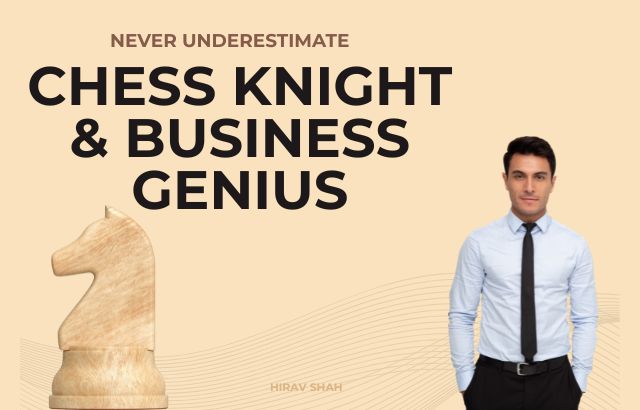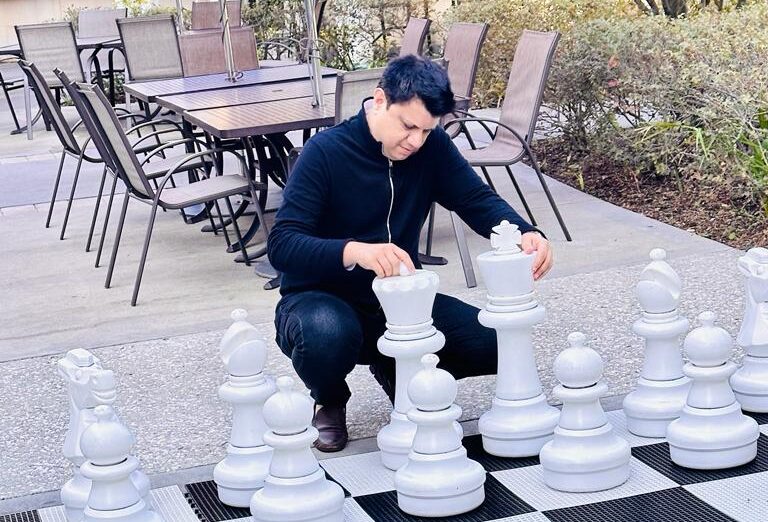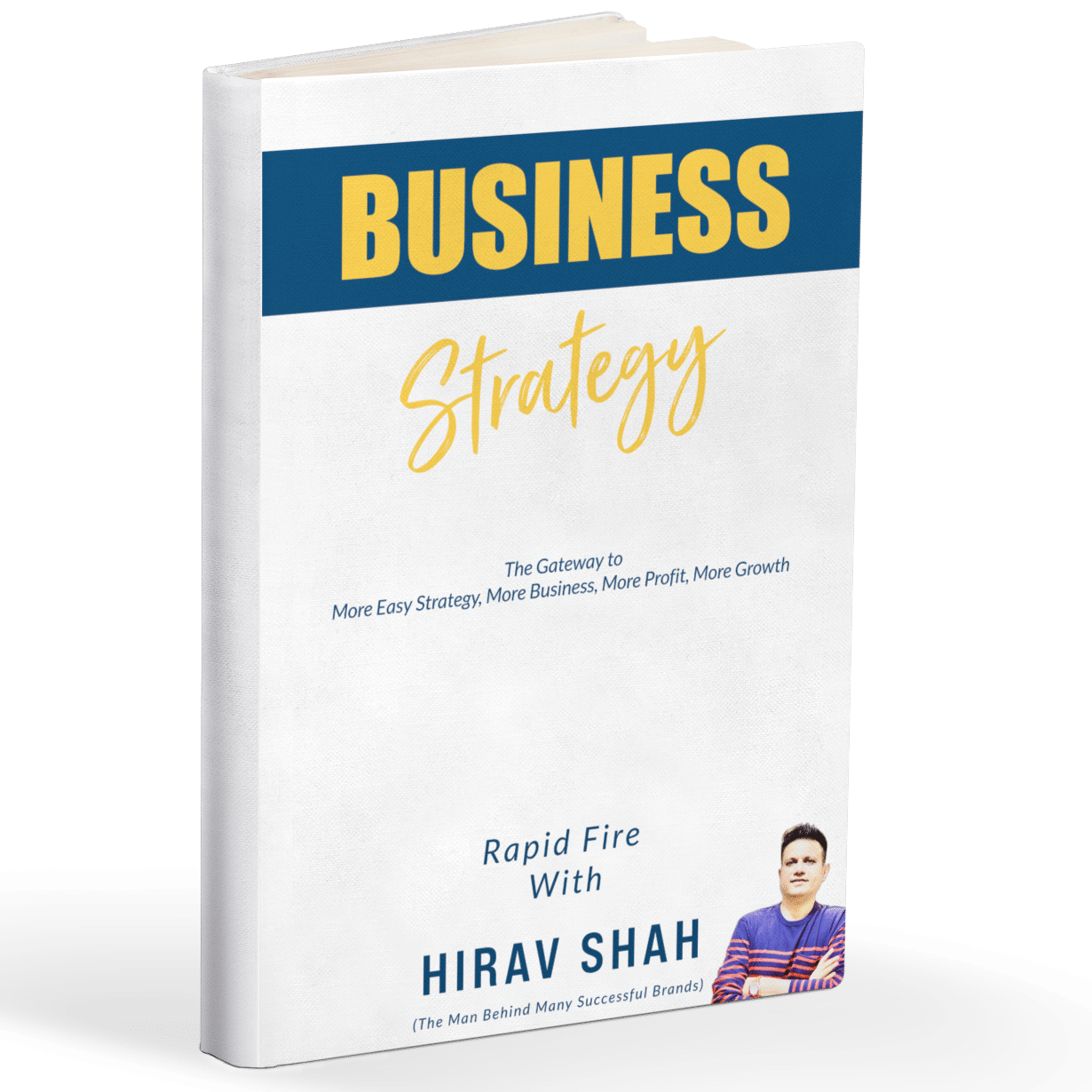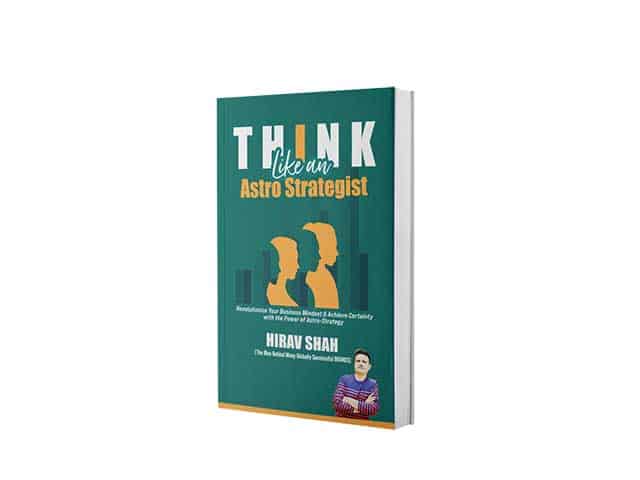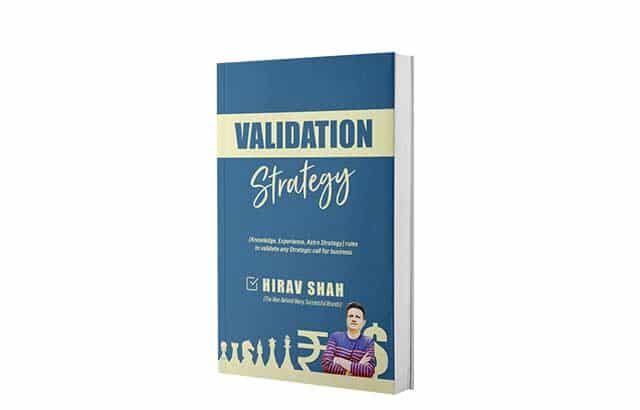“चेस का घोड़ा और धंधे का जीनियस—दोनों को कभी कम मत आँको।
Before the world claps for your success, before your story trends on social media—there comes a moment where you’re stuck, cornered, out of obvious moves. You’ve done everything “right,” and yet something feels off. That’s when you realize—this isn’t just business. It’s chess. And the game doesn’t always reward the strongest or the fastest. It rewards the one who thinks different. The one who stops walking straight and dares to take the Knight move—unexpected, bold, and brilliant. This article isn’t just about strategy. It’s about the mindset that separates the average from the unforgettable. Because in the world of business, the genius doesn’t walk straight. He leaps.
Table of Contents
What is business strategy—and why should it matter to every entrepreneur?
Business strategy isn’t about fancy jargon or 100-page decks. It’s about choices—the kind that make your heart race. It’s knowing when to move, when to pause, and when to do something that no one else saw coming. In real business, strategy is your screenplay. Your vision. Your battle plan.
You don’t just survive by doing more. You grow by doing what matters—at the right time, in the right way. That’s strategy. It’s the unseen hand that pulls you ahead while others are still figuring out what’s happening. And in a world that changes by the minute, strategy isn’t optional—it’s your only shot at legacy.
Why are chess pieces powerful metaphors for business?
Because business, like chess, is a game of thinking ahead. Every move says something about who you are. The board may look flat, but what you do on it reveals your mindset—are you the attacker, the planner, the defender, or the disruptor?
In business, you’re surrounded by other players—teams, customers, competitors, trends. Each move must be made with clarity, but also with gut. And when you start looking at business as a game of chess, you realize—it’s never about who moves first. It’s about who moves right.
What is the role of the rook in business?
The rook is the classic corporate thinker. Structured. Straight-line. Obeys the rules. It moves in neat files—up, down, left, right. In business, this is your systems guy. Your operations-heavy empire builder.
Big brands love the rook approach—scale, replicate, repeat. It works. It’s solid. It’s dependable. But here’s the twist: when every player is moving in straight lines, who really surprises the board? The rook wins battles. But rarely shakes the system.
What is the role of the knight in business?
Ah, the knight. It doesn’t follow the rules of movement. It doesn’t go straight. It turns. It leaps. It jumps over others. That’s your visionary founder. The mad one. The one who doesn’t fit the mold but ends up rewriting the game.
Knight-thinkers in business don’t wait for permission. They see what’s missing and they fill it—not with force, but with finesse. They pivot. They disrupt. They don’t play chess—they change chess. When a knight enters the board, even the queen watches.
Why do most businesses still move like rooks?
Because it feels safe. It looks smart. It’s predictable. You can explain it in boardrooms. You can justify it with data. That’s the comfort of the rook move. But in a world that’s evolving daily, straight-line logic becomes straight-line growth—flat, slow, forgettable.
As Business Strategist Hirav Shah says, “Straight-line thinking often leads to straight-line results. The game changes only when you change the pattern.” Playing safe has its limits. Disruption begins where predictability ends.
What does a knight move really look like in business?
It’s not chaos—it’s clarity with courage. A knight move might be a new product line no one expected, a bold rebrand, or an offbeat collaboration. It might confuse people at first—but it grabs attention, opens a new lane, and makes everyone else rethink their next step.
Think about it: the biggest market shifts didn’t come from obvious moves. They came from leaps. Someone jumped where others crawled. Someone believed in a corner the market ignored. That’s not guesswork. That’s Knight work.
Why do knight moves often succeed more than expected moves?
Because they create surprise—and surprise is magnetic. When everyone expects your next move, they plan for it. But when you break the pattern, they pause. They watch. And in that pause, you gain ground.
Customers love newness. Investors respect audacity. Competitors freeze. Knight moves don’t just disrupt—they reset the narrative. And in business, the one who controls the narrative wins the market.
“When everyone expects the next move to be obvious, the Knight move becomes your secret weapon.”
– Hirav Shah | Global Business Advisor
How do you know when it’s time for a knight move?
There’s no neon sign. But your business whispers. You’ll feel it when growth feels like a grind. When your brand blends in. When your team works harder but nothing’s really shifting. That’s the moment.
You’ve outgrown the straight path. Now it’s time to turn. To leap. To surprise. The Knight move doesn’t just revive a strategy—it reawakens your story.
Is the knight move about recklessness or readiness?
Let’s be clear—it’s not rebellion. It’s reinvention. Knight moves are bold, yes. But the smart ones are always validated. They’re powered by data, timing, insight—and the right mindset.
As Hirav Shah puts it, “Validate before you leap. Even bold moves need a solid launchpad.” That launchpad? It’s the 6+3+2 formula:
Hard work, Mindset, Skills, Strategy, Execution, Luck + Hunger, Dedication, Consistency + Innovation and Marketing.
You don’t make Knight moves blindly. You make them brilliantly.
🧠 Reflection Exercise: Is Your Business Too Straight?
Take 5 quiet minutes. Grab a pen.
- What’s the last move you made that truly surprised your market?
- Where are you following the crowd—and it’s slowing you down?
- If you weren’t afraid, what move would you make this quarter?
Now ask: is it time to stop walking in lines… and start leaping like a Knight?
❓Frequently Asked Questions
Q: Is the knight move just about taking risks?
No. It’s about taking calculated risks—based on insight, timing, and courage.
Q: Can small businesses make knight moves too?
They must. Agility is their biggest weapon. One good leap can change everything.
Q: How do I know if my bold idea is valid?
If it aligns with your long-term vision and adds value to the market—validate it and leap.
Q: What’s the danger of only moving like a rook?
You become predictable. And in a fast market, predictable becomes invisible.
Q: How do I make a knight move without breaking everything else?
Start small. Test fast. And protect your core while leaping with precision.
Q: What if my knight move fails?
Even failed Knight moves bring growth. It’s better to learn by leaping than to fade standing still.
Final Thought
“Chess Ka Knight Aur Business Ka Genius—Dono Seedhe Nahi Chalte.”
Straight moves build stability. Knight moves build legacy.
The question is—are you here to build a company… or a story worth remembering?

